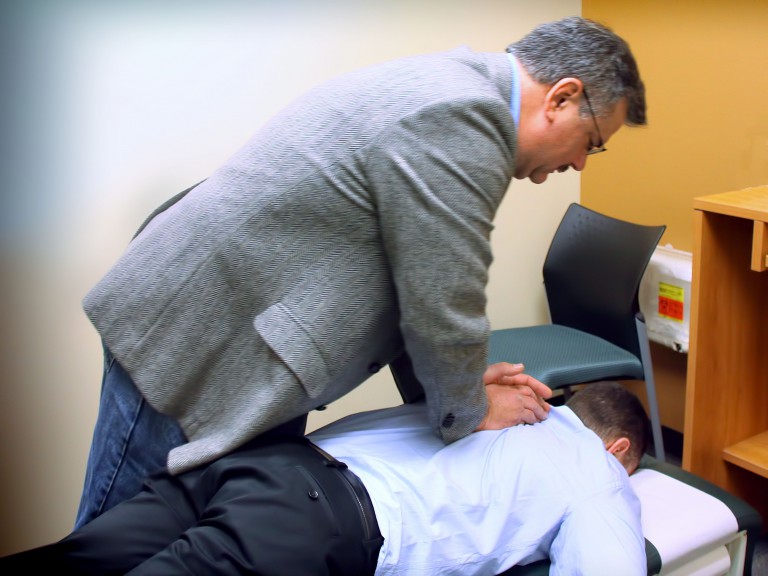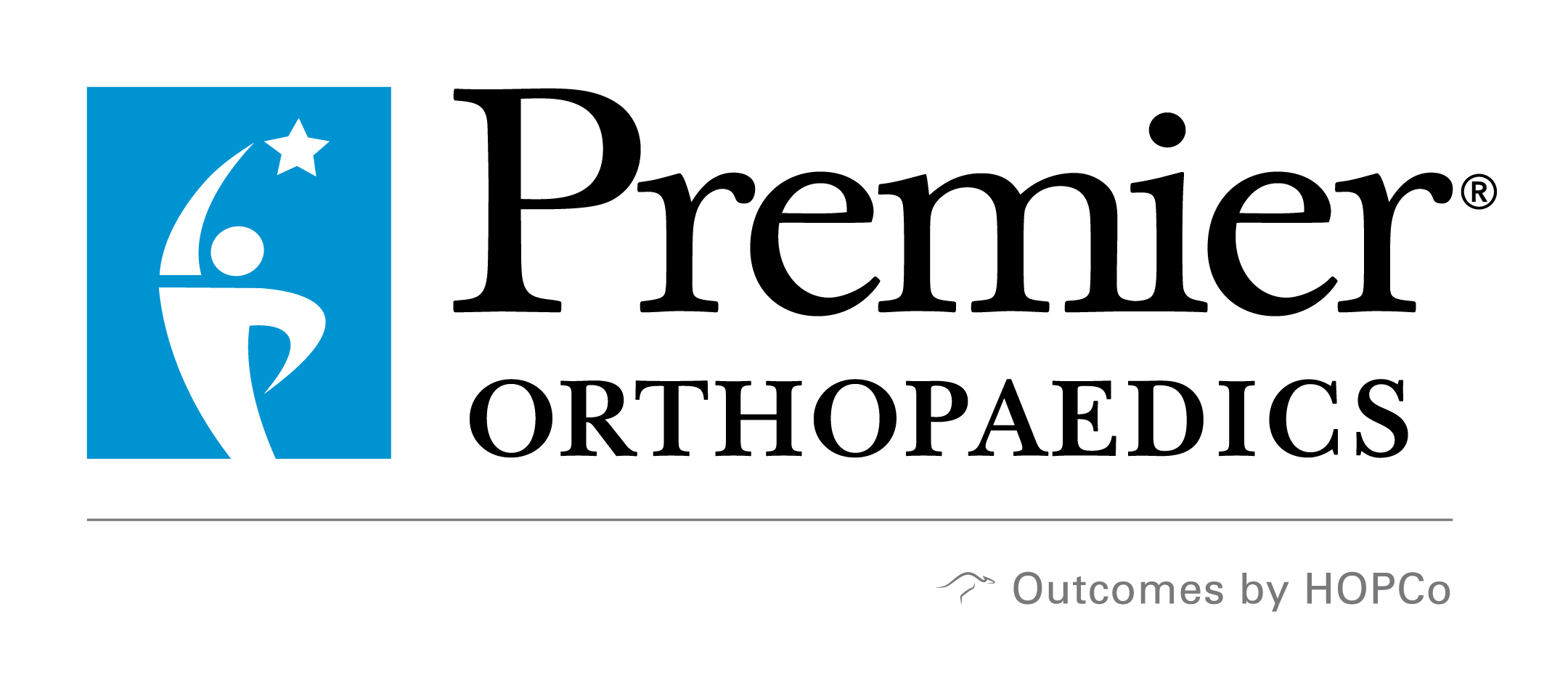Shoulder pain can affect much more than just our comfort. It can limit our ability to pick up our children, carry groceries, or even reach for something on a high shelf. If you’ve been struggling with nagging shoulder pain, there’s a strong possibility it may be due...
A stress fracture is a small crack within a bone. However, unlike acute fractures, which occur from a sudden injury, stress fractures gradually develop over time and are common among athletes, runners, and individuals with physically demanding lifestyles. These tiny,...
Tendons are tough, fibrous tissues that connect muscle to bone and play a critical role in our movement, from helping us swing a tennis racket to allowing us to lift groceries or climb the stairs. But for all their strength and flexibility, tendons are also...
Non-Operative Treatment for Sports and Spine Injuries

When you’ve experienced a painful sports- or spine-related injury, you may be apprehensive about seeking treatment. However, treating this type of injury can be done safely with a minimal amount of pain. Non-operative treatment options, such as physical therapy, exercises, injections, bracing, medications, acupuncture and chiropractic and osteopathic manipulation, have been proven to be very effective in helping patients with sports and spine injuries feel better and get on the road to recovery.
Learn more about the various types of non-operative treatment methods used to treat patients with sports and spine injuries.
Physical Therapy
Physical therapy uses repetitive exercises to strengthen muscles and promote flexibility at the site of the injury to relieve pain and encourage healing. After your injury has been diagnosed, your doctor may recommend physical therapy to treat your injury. Your physical therapist will design a program individualized to you and your injury that usually includes specific exercises and stretches, strengthening routines, fitness machines and modalities such as ultrasound or electrical stimulation. This treatment method can reduce pain in your joints, tendons, ligaments, and muscles, allowing you to feel better soon after.
Acupuncture
This 2,000-year-old practice that originated in China to relieve pain and encourage healing has become popular in our culture today because of how it helps injuries heal quickly and improve overall mood. The procedure is performed by inserting small needles into the skin and applying heat or electrical stimulation at certain acupuncture points along special energy channels, called meridians, which flow through the body like rivers. When these meridians are obstructed, the energy cannot flow normally throughout the body. Acupuncture helps unblock these obstructions so energy can flow freely through the meridians and relieve pain and dysfunction.
Advanced Minimally Invasive Treatments
- Fluoroscopically (X-ray) guided procedures for proper and safe needle placement
- Epidural steroid injections
- Facet joint and sacroiliac joint injections
- Radiofrequency ablation for facet and sacroiliac joint pain
- Hip and shoulder joint injections
- Spinal cord stimulator trials
- Discography
- Ultrasound-guided peripheral joint, tendon, and nerve injections
- Platelet-rich plasma injections
- Prolotherapy
- Fragmentation of calcific tendinopathy
Daily Exercise
The American College of Sports Medicine recommends 150 minutes of moderate-intensity exercise per week to maximize health, endurance, and muscle strength. Daily exercise can improve cardiovascular health, decrease the risk of injuries, and help you to be a healthier, stronger person overall. Your doctor may suggest daily exercises such as walking or jogging to treat your injury and help relieve your pain.
Because it’s very common for patients to reinjure themselves after recovering, your doctor may also recommend various strengthening programs that will help reduce the risk of reinjury. Some methods may include the following:
- Core strengthening and stability
- Balance, coordination, and functional fitness training
- Conditioning programs to make muscles stronger
- Daily exercises and stretches
- Warm-up before strenuous physical activity
In addition to physical therapy, acupuncture, and daily exercise, there are many other treatment methods that doctors often prescribe to reduce pain while your injury is healing. These additional methods are listed below.
Other Services
- Osteoporosis treatment
- Electrodiagnostic testing (testing nerve function)
- Concussion testing and treatment (ImPACT)
- Fracture care
- Scoliosis management
- Osteopathic manipulation
If you’re dealing with a painful sports or spine injury, consult a physician to get treatment so you can obtain relief. For more information about common orthopaedic injuries and non-operative treatment options, download our e-book, Understanding Your Options: The Non-Operative Guide for Sports and Spine Injuries.


